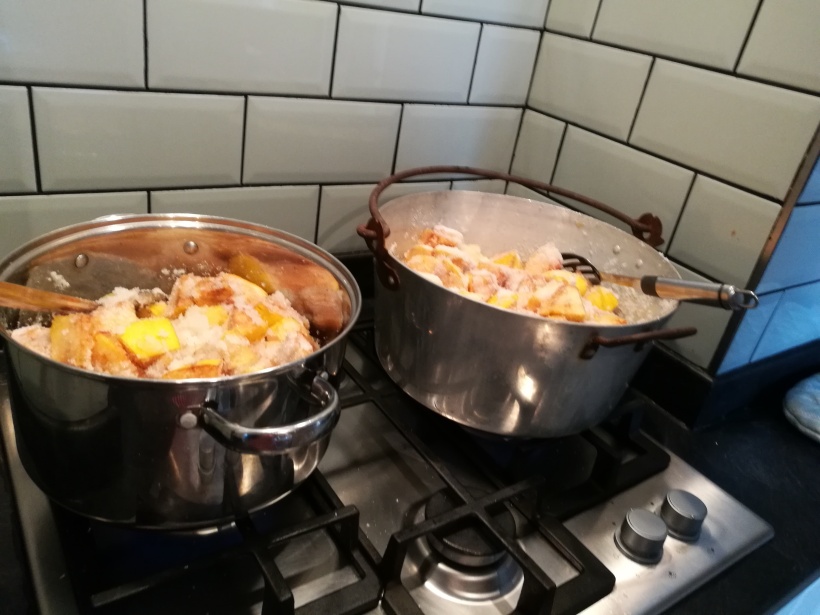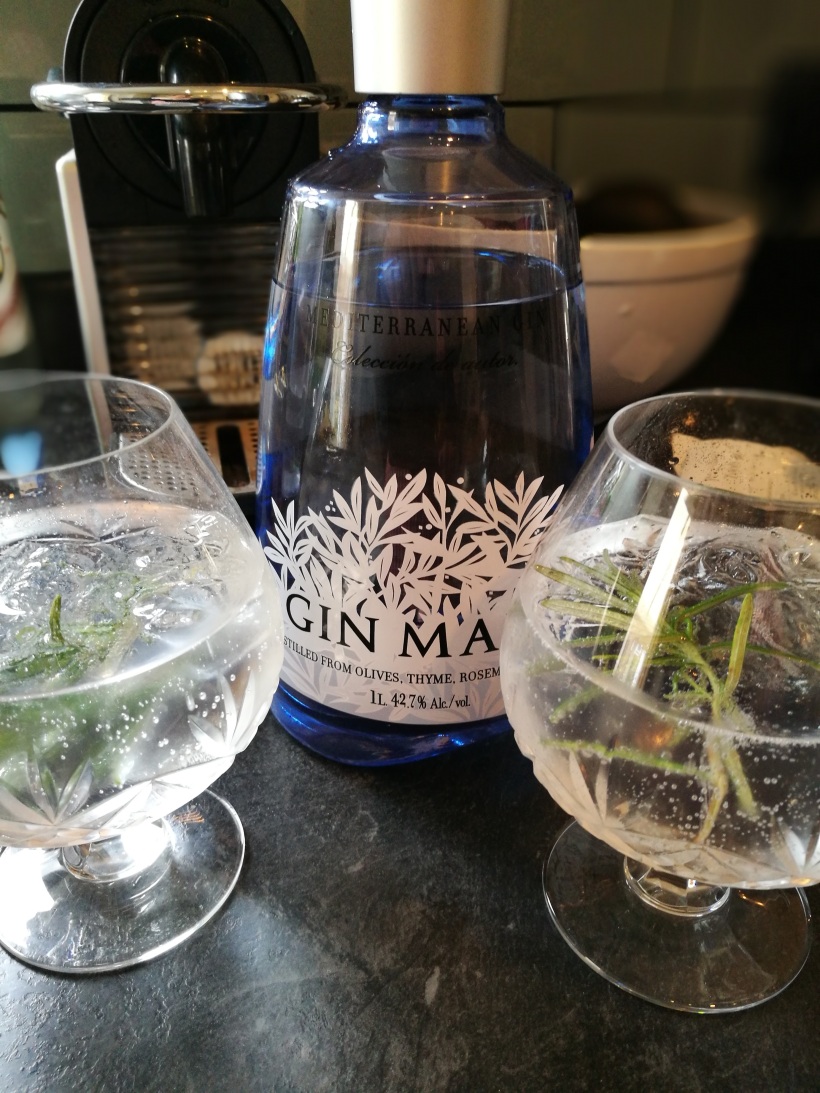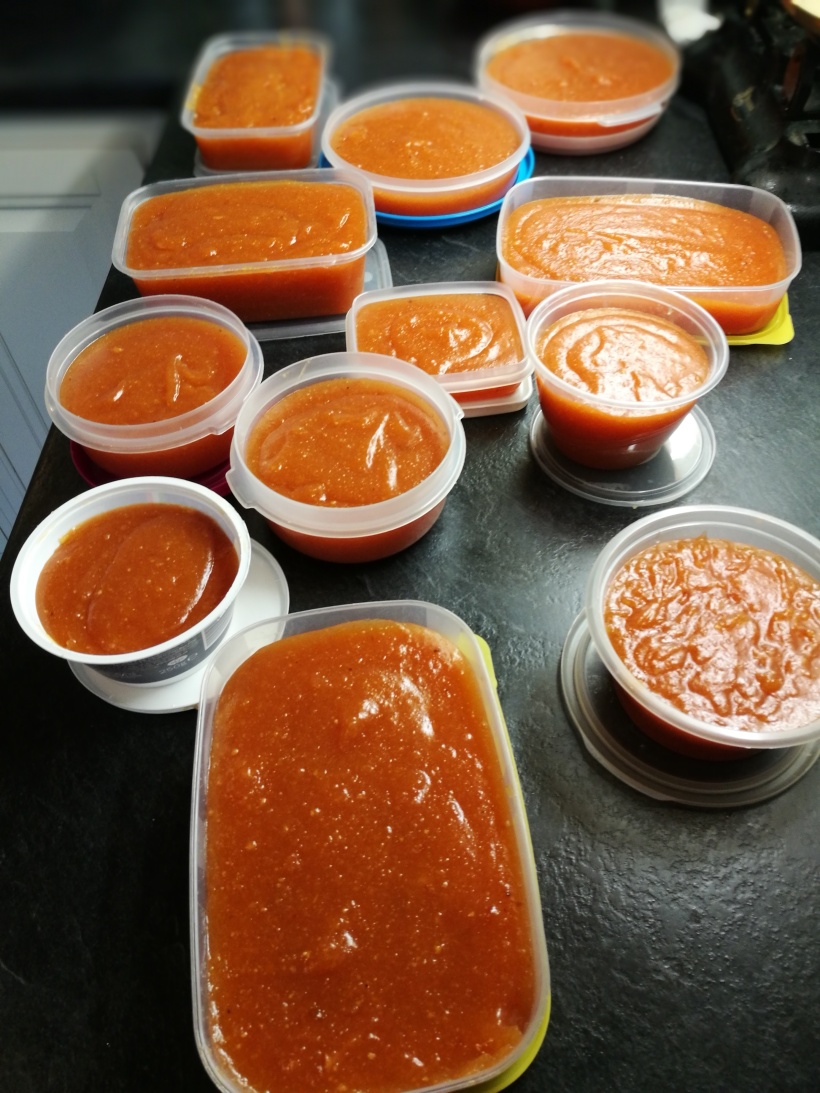When we were based more permanently in Spain, one of the few occasions that Big Man and I worked together in the kitchen was for the autumn making of Quince Jelly. Practically everyone round our way over there has a couple of Quince trees and come mid October for about six weeks, we were inundated with offers of bags of Quince.
They’re a funny sort of fruit, looking like over sized pears, smelling sweetly perfumed, tasting sour and dreadful if you bite into a raw one, heavenly after cooking gently with plenty of sugar or honey.

We were walking through Bexhill town centre this morning, where we’re blessed still with small independent traders selling fish, meat, fruit and veg, making curtains, looking after our teeth and eyes and selling us clothes and gifts. Big Man suddenly stopped in his tracks causing a bit of a pile up with me and the two dogs bundling into him, and was sniffing the air like a police tracker dog. “Can you smell that?” he asked excitedly. Nope…nothing was jumping out at me but I’m recovering from a cold, so hardly surprising. “Quince, I can smell Quince, and they must be good if they smell so wonderful”.

We reversed back up the road a few metres and outside the fruit and veg shop the marvellous sight of a small crate of smooth skinned, golden yellow Quince awaited us. Needless to say, we snapped them all up (just over 4kgs in total) which the lady in the shop was intrigued by as she didn’t know what they were and was curious to know what we were going to do with them.
We eventually got home lugging our 4kgs of Quince, a 5kg bag of sugar (we didn’t need that much but it was a bargain) two confused dogs and several library books.

Big Man got straight to work chopping and less than two and half hours later we were done, we’ve got it down to a fine art now. We were sustained during our labours by a very large gin and tonic. He’d bought me back a bottle of Gin Mare (a new one to us) from duty free, flavoured with olive, thyme, rosemary and basil. Absolutely delicious but very strong!

Tomorrow we’re going to take a little tub of our Quince jelly, or dulce de membrillo to the lady in the shop so that she can try it with some cheese. Hopefully she’ll enjoy it as much as we do and if you’d like to give it a go, follow this link for the recipe which can be scaled down easily, or you could make this delicious crumble, or this incredible savoury lamb dish.




